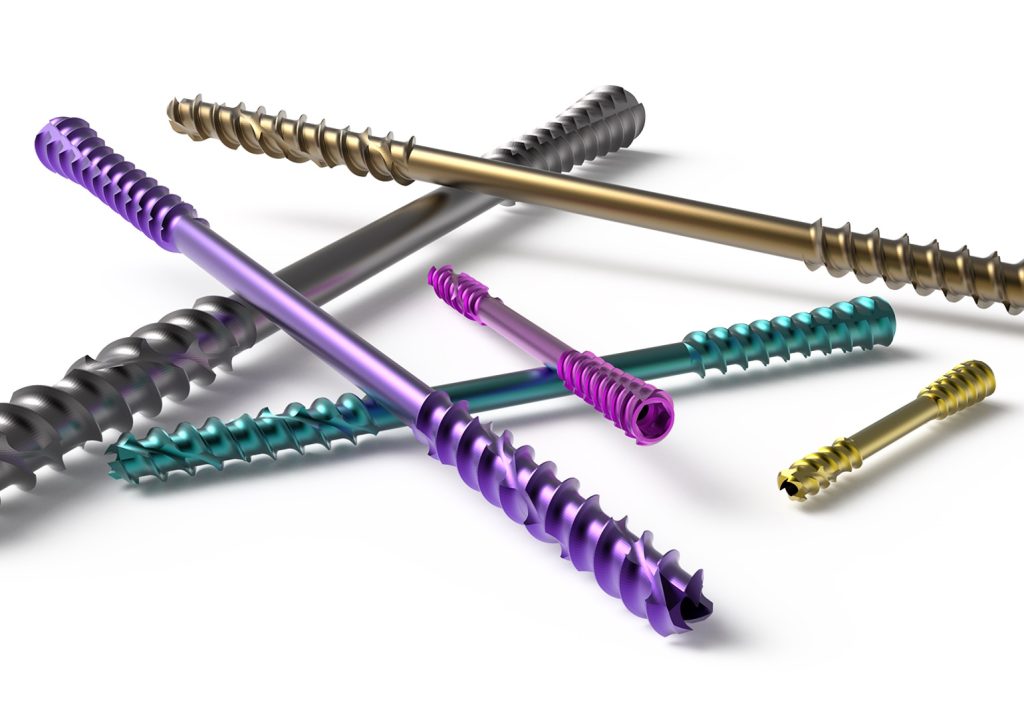The NX Nail is an Australian invention that could revolutionise hand surgery — and help AFL stars get back on the field sooner after injury.
For hand surgeon Dr Greg Couzens, his field has long been considered the “poor cousin” of sports medicine.
Money and innovation tends to go into parts of the body such as the knees, while the hands are usually stuck with “miniaturisation of [technology that’s] already out there” — even though losing function in hands and fingers can lead to lifelong and debilitating problems.

Alongside Brisbane-based medtech firm Field Orthopaedics, Couzens has developed NX Nail, a medical device which promises to change the way hand surgery is performed.
“Few companies are dedicated to developing solutions for the hand and wrist, and few can design and build devices from the ground up,” Couzens told create. “We believe that what we’ve created in NX Nail is a game changer.”
Couzens said that surgeons are motivated by seeing faster outcomes in patient recovery, and so far, the device is proving to be a winner.
“Once surgeons try it, they never go back to the alternative,” he said. “It’s simplified surgery [and] lowered complication rates, and it’s faster.”
Though he has specialised in helping AFL players recover from metacarpal fractures, Couzens said that the injury is also common in industrial accidents and even household falls.
No matter how the injury is acquired, the NX Nail offers the patient radically simplified surgery.
“Previously, we made an incision separating the soft tissue, elevating [it] off the bone, reducing the fracture, preparing the fracture, drilling the holes, putting the plate on [and] stitching it up,” Couzens explained.
“[With] the NX Nail, [we] simply make a small incision, reduce the fracture, drive a wire across, use a cannulated drill over the wire, and then the NX Nail goes over the top of the wire.
“[We] screw it into the bone and then take the wire so the wound is one stitch. We have not disturbed the fracture healing or the soft tissue.”
Creating a winner
Couzens said that the engineering challenge that he and the designers at Field Orthopedics faced was creating a device that could achieve the same stability as a traditional plate inserted in the surgical process.
“A plate reduces the fracture and sits on the bone, ensuring it has the correct rotation,” Couzens said. “We had to ensure that what we created would get purchase proximately and distally, be small enough and be strong enough to fit inside the bone.”
From a technical perspective, the role of a hand implant is to rigidly fix bone fragments in space while crossing the fracture to act as a strut. The NX Nail acts as a physiological splint, designed to withstand normal loads and to facilitate rapid return to normal activity.
Michael Maurer, vice president of technology at Field Orthopedics and a mechanical and materials engineer by trade, told create that the firm collaborated with surgeons including Couzens and experts at Duke University in the United States.
“The NX nail is specifically designed from CT data to suit the anatomy of the hand and has a compaction taper which achieves implant stability through an interference fit with the softer spongy bone,” he said.
The engineers also aim to promote healing through the materials they use in the construction of devices.
“We’re utilising a specialty titanium alloy that has extremely good biocompatibility and … stiffness that more closely resembles that of bone compared to other implant material that’s used,” he said.
While moving from a great idea to medical reality is usually a process that takes years, Maurer said that one of the advantages of this collaboration between surgeons and device designers is having a nimble team able to deliver products such as the NX Nail quickly to market.
“There are multiple development stages to go from initial concept to commercialisation, including different verification and validation activities such as benchtop testing and simulated use in a representative surgical environment,” he said.
Couzens, who enjoys the rigour of applying his surgical know-how to device design, added that the collaboration is working in “the sweet spot between engineering and medicine”.
Read how biomedical engineers at the University of Melbourne have fabricated artificial vascular grafts that could prove useful during essential bypass surgery.
